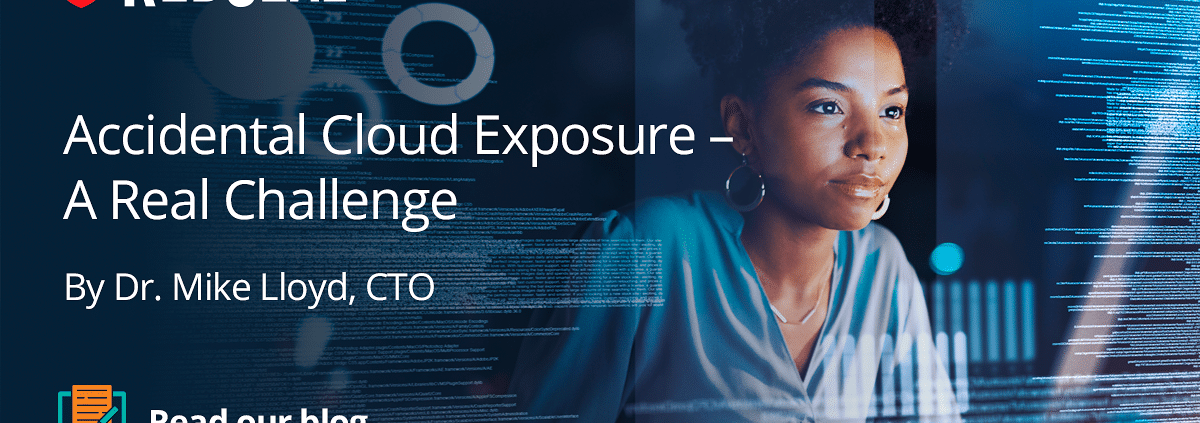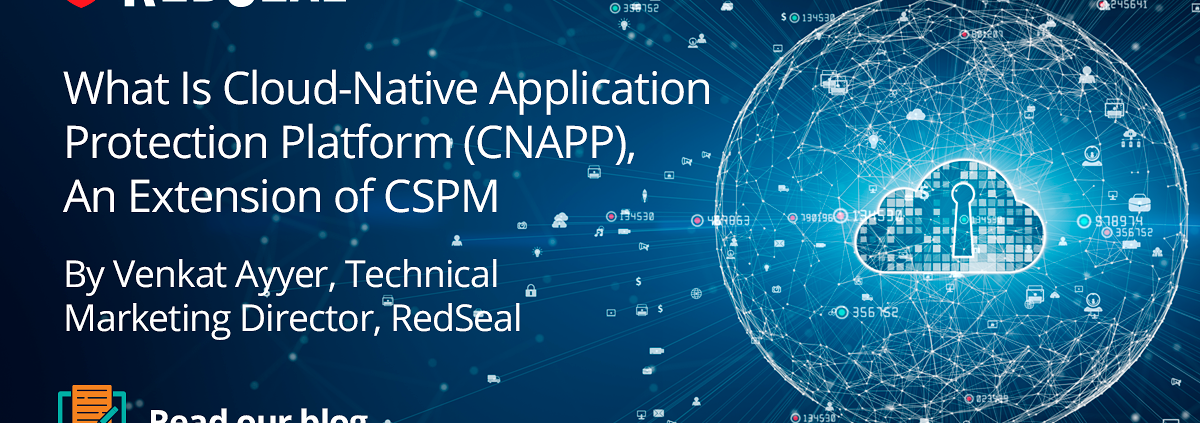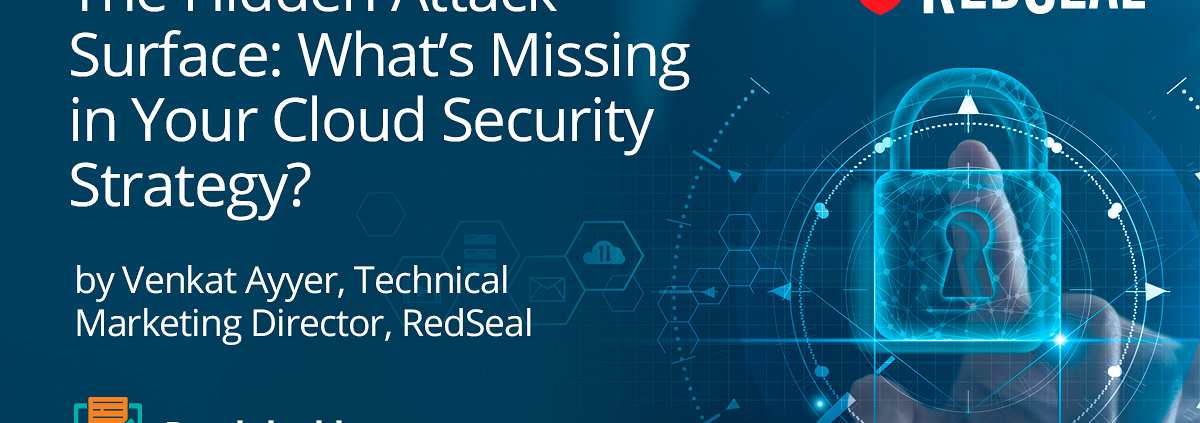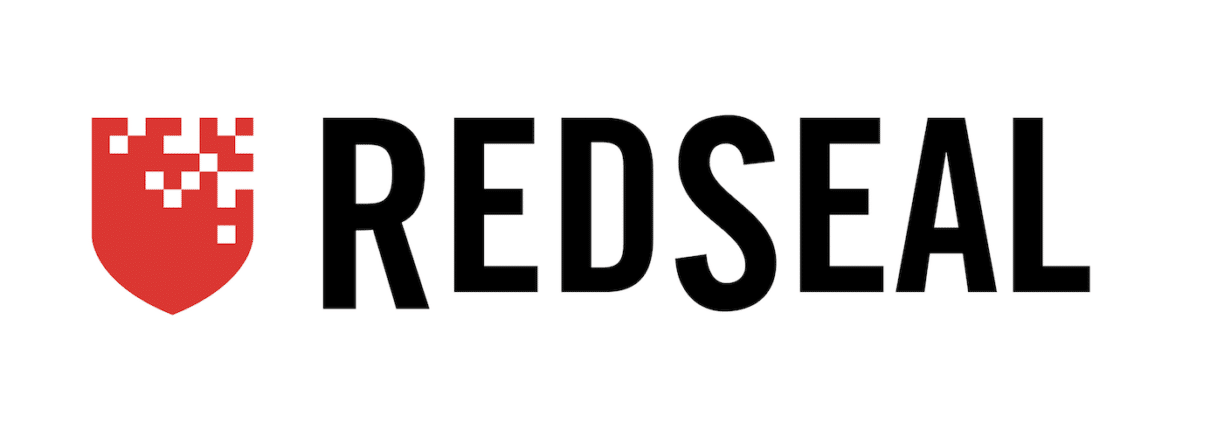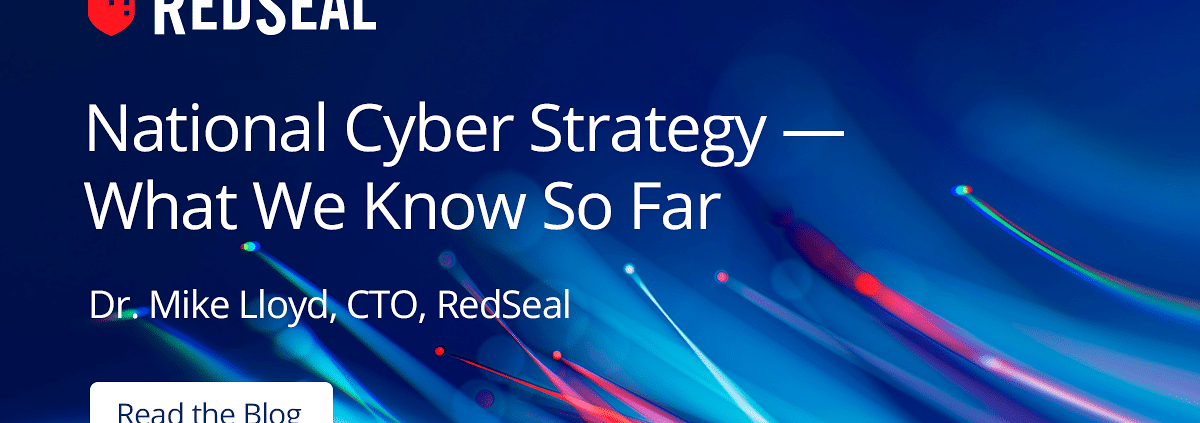Accidental Cloud Exposure – A Real Challenge
The recent disclosure that Toyota left customer data accidentally exposed for a decade is pretty startling, but can serve as a wake up call about how cloud problems can hide in plain sight.
It’s not news that humans make mistakes – security has always been bedeviled by users and the often foolish choices that they make. Administrators are human too, of course, and so mistakes creep in to our networks and applications. This too is a perennial problem. What’s different in the cloud is the way such problems are hard to see, and easy to live with until something bad happens. Cloud isn’t just “someone else’s computer”, as the old joke goes – it’s also all virtual infrastructure. If you’ve never seen how cloud infrastructure is really built and managed, you may not realize how inscrutable it all is – think of it like a computer in an old movie from the 1970’s, all blinking lights and switches on the outside, but no way to see what is really happening inside. These days, we are used to visual computers and colorful phones, where we can see what we are doing. Cloud infrastructure is not like that – or at least, is not if you just use the standard management interfaces that are frustrating, opaque, and vendor specific. Are there ways you can escape the lock-in to your specific cloud vendor? Sure – inventions like Kubernetes free you up, but the price is even worse visibility as you drive everything through shell scripts, CLI commands, and terminals. The 1970’s computer has moved up to the 1980’s green screen, but it’s a far cry from anything visual.
I don’t mean to just pick nits with the old-world interfaces of cloud – this isn’t a debate about style, it’s a problem with real world consequences, especially for security. You can’t see through a storm cloud in the sky, and similarly, you really can’t see what’s going on inside most cloud applications today, let alone ensure that everything is configured correctly. Sure, there are compliance checkers that can see how individual settings are configured, but trusting these is like saying a piece of music is enjoyable because every note was tuned exactly – that rather misses the big picture of what makes music good, or what makes a cloud application secure.
This is why you need to be able to separate security checking from the CI/CD pipelines used to set up and run cloud infrastructure. The much-hyped idea of DevSecOps has proven to be a myth – embedding security into DevOps teams is no more successful than embedding journalists with platoons of soldiers. The two tribes don’t see the world the same way, don’t have the same objectives, and largely just frustrate each other’s goals.
Central security has to be able to build the big picture, and needs to check the ultimate result of what the organization has set up. Ideas like “shift left” are good, but do not cover the whole picture, as the Toyota exposure makes clear. Every detail of the apps was working, and was quite likely passing all kinds of rigorous low level checks. But just like checking whether each note is tuned correctly, while not listening to the piece as a whole, Toyota lost track of the big picture, with all the embarrassment that goes with admitting a ten year pattern of unintended exposure.
Solving this is the motivating mission at RedSeal. We know what it takes to build a big picture view, and then assess exposure at a higher level, rather than getting stuck in implementation details. It’s the only way to make sure the song plays well, or the application is built out sensibly. This is why we build everything starting from a map – you can’t secure what you can’t see. This map is complete, end-to-end, covering what you have in the cloud and what you keep on your premises. We can then visually overlay exposure, so you get an immediate, clear picture of whether you have left open access to things that surprise you. We can give you detailed, hop-by-hop explanation of how that exposure works, so that even people who are not cloud gurus can understand what has been left open. We can then prioritize vulnerabilities based on this exposure, and on lateral movement. And finally, we can boil it all up into a score that senior management can appreciate and track, without getting lost in the details. As Toyota found to their cost, there are an awful lot of details, and it’s all too easy to lose the big picture.

